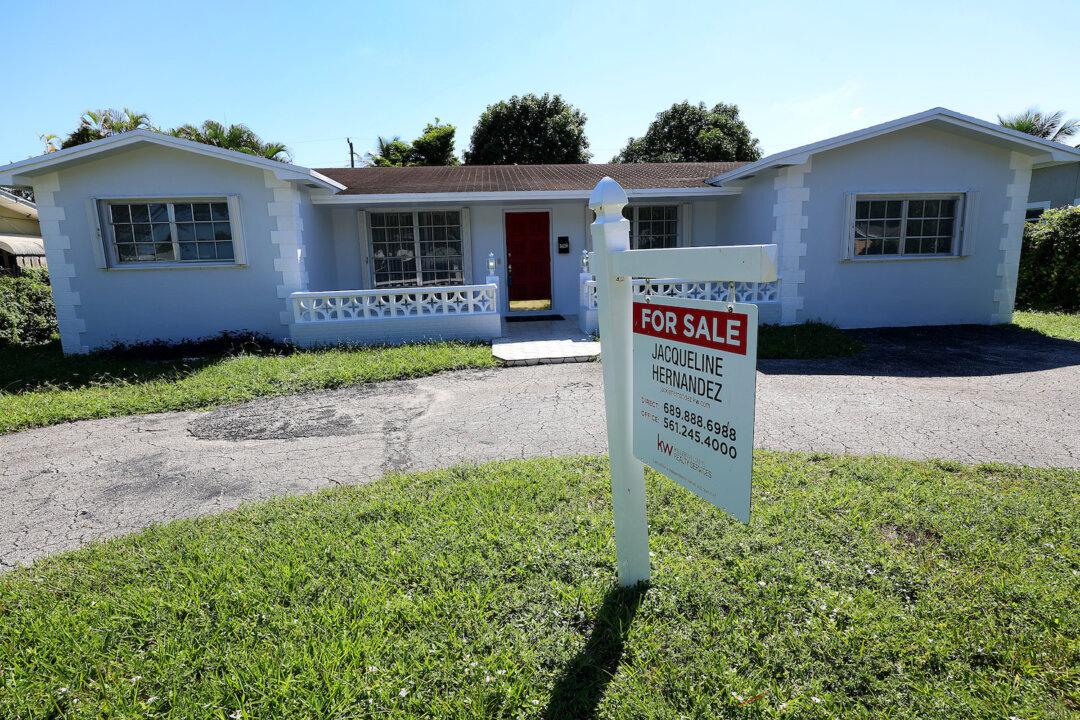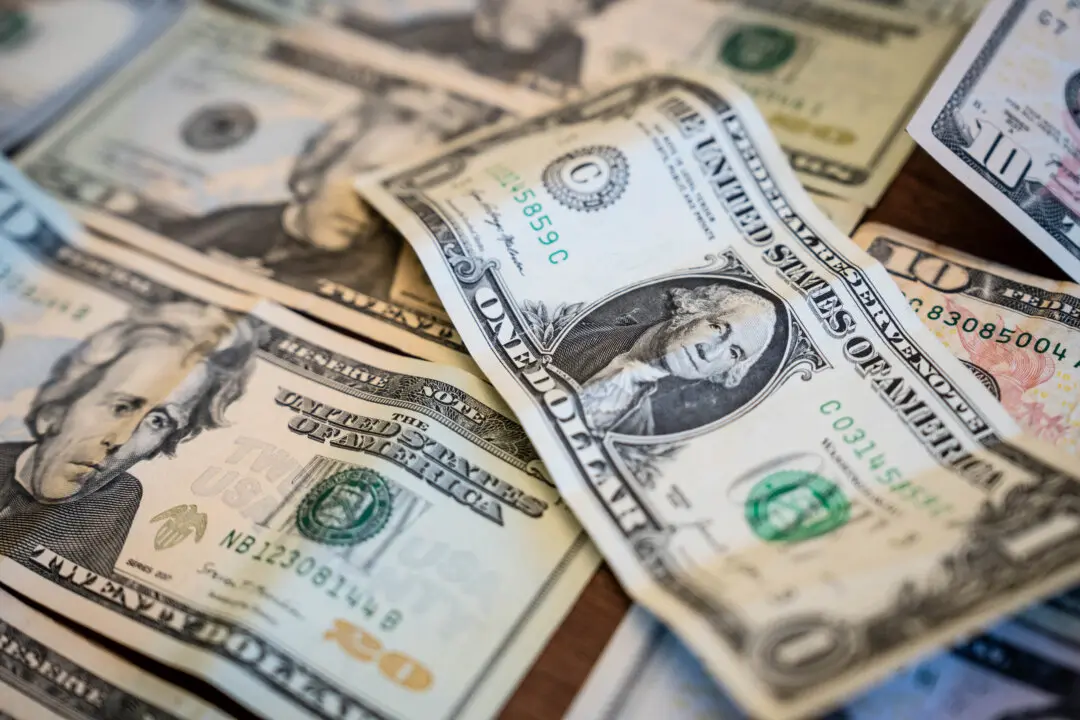U.S. home prices fell for the fourth consecutive month in October as a mix of higher interest rates, elevated inflation, and low housing inventory weighed on the real estate market.
The S&P CoreLogic Case-Shiller 20-city home price index in the United States (pdf) tumbled 0.8 percent month-over-month. Compared to the same time a year ago, home prices advanced 8.6 percent, the lowest growth rate since October 2020.





